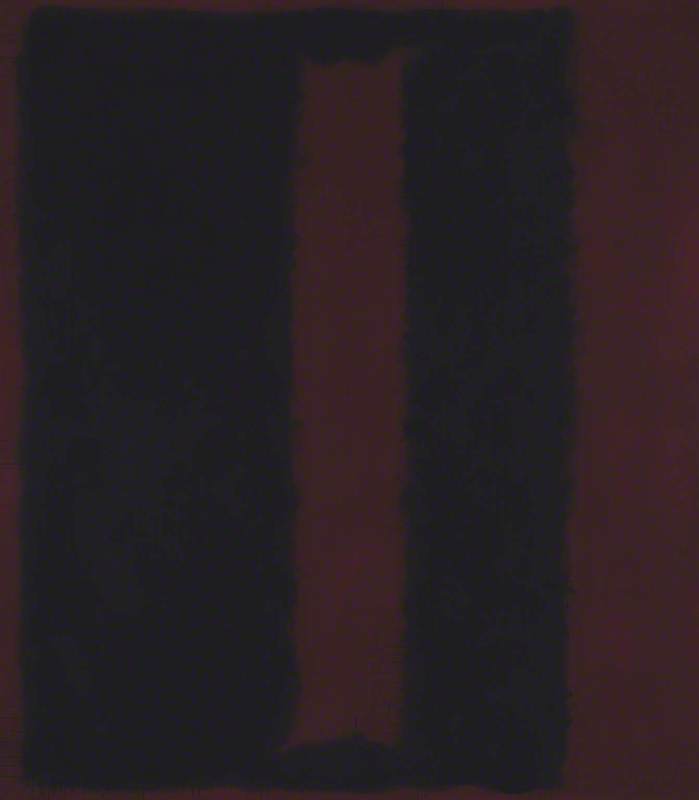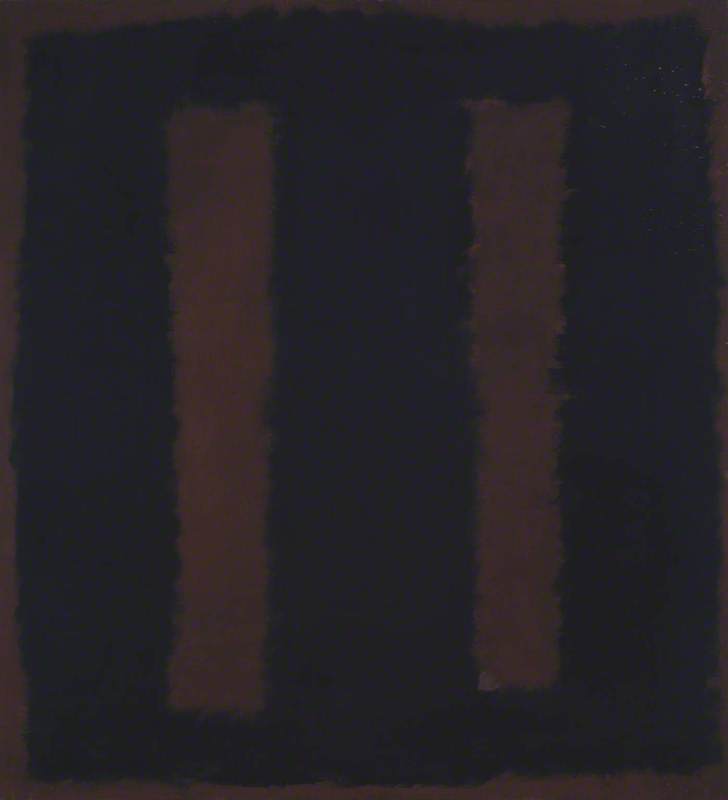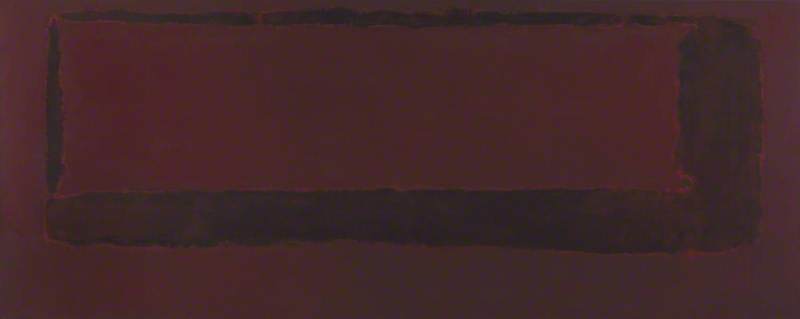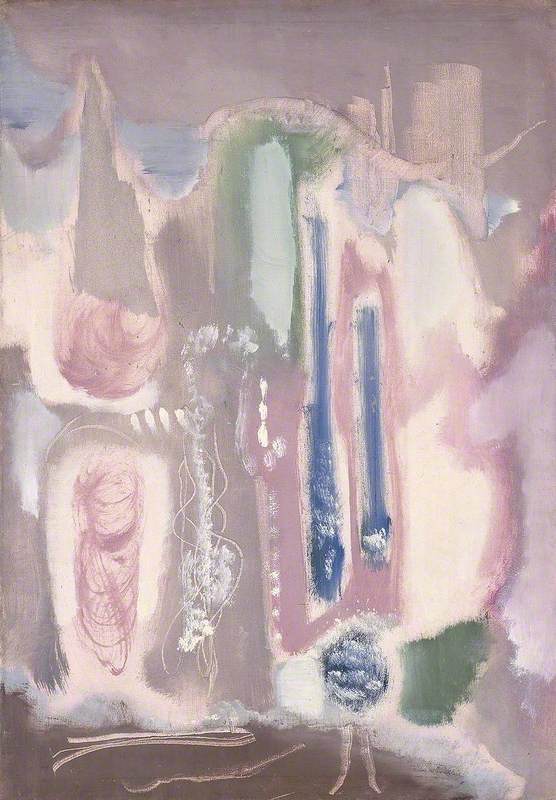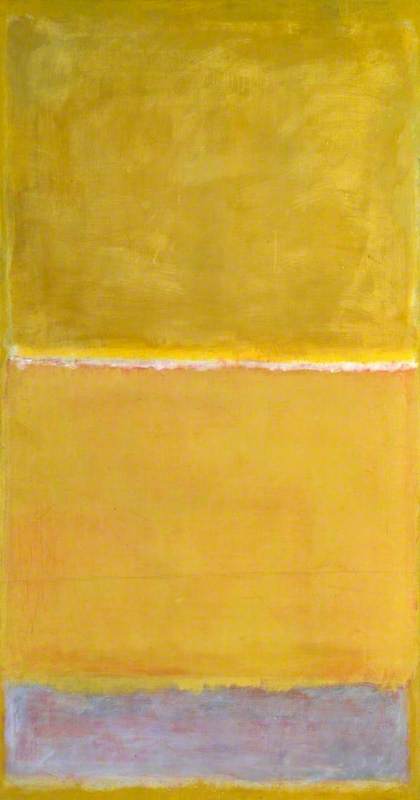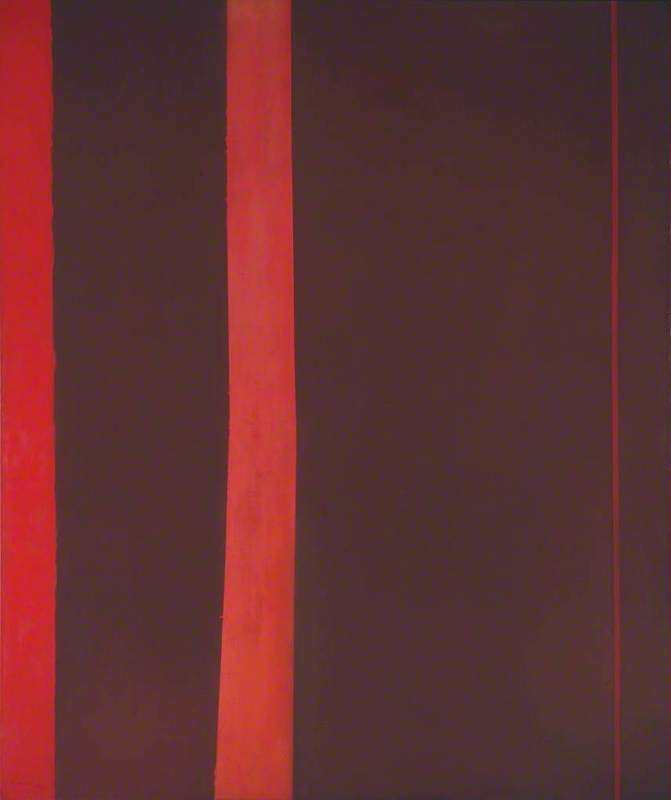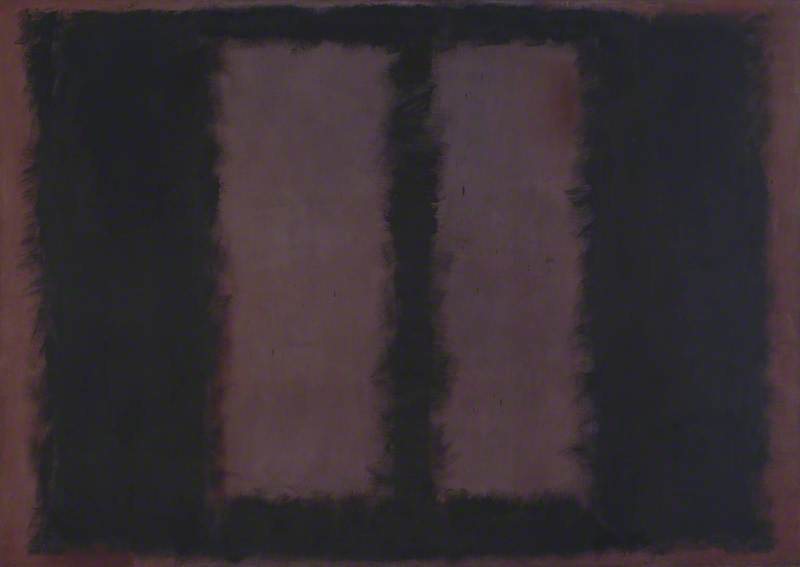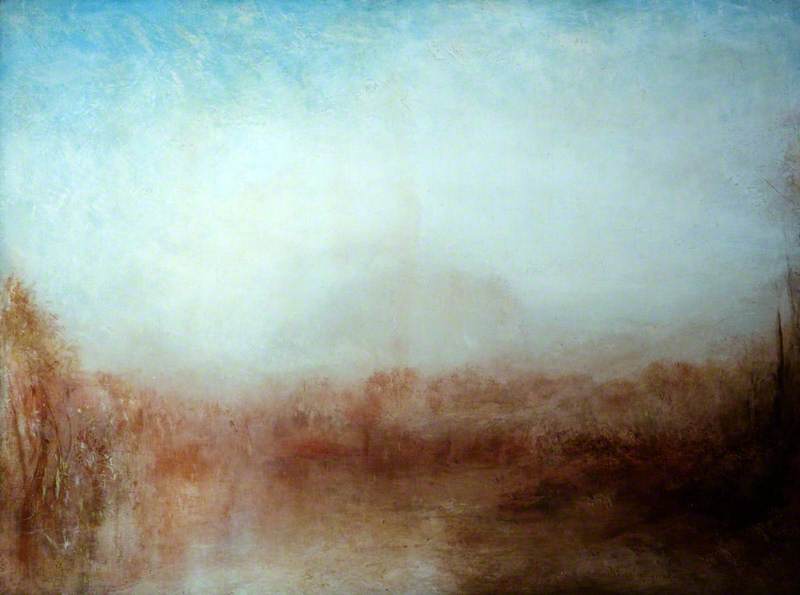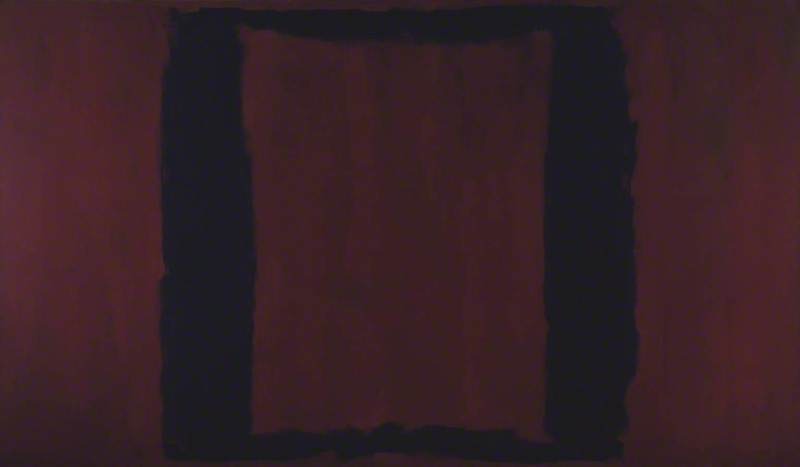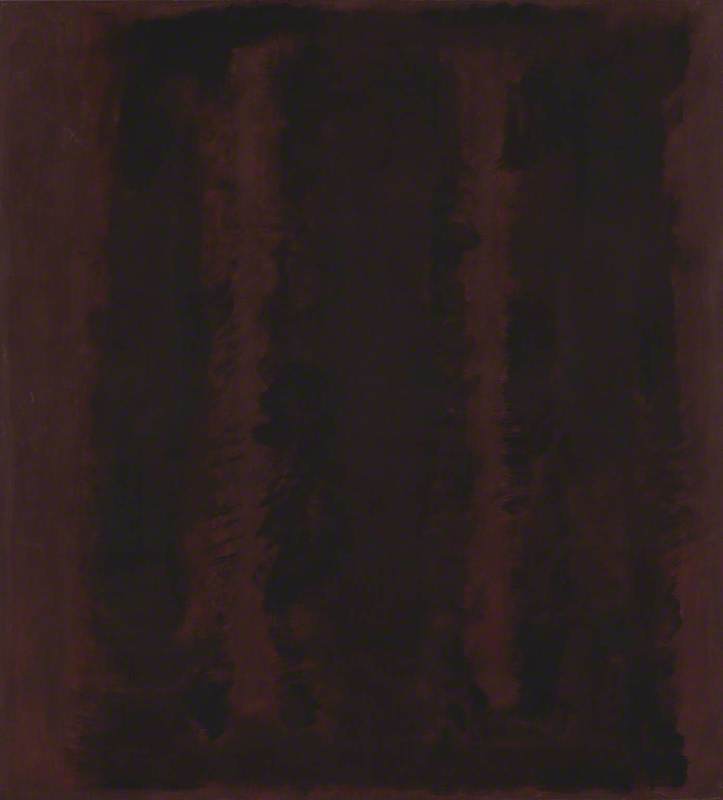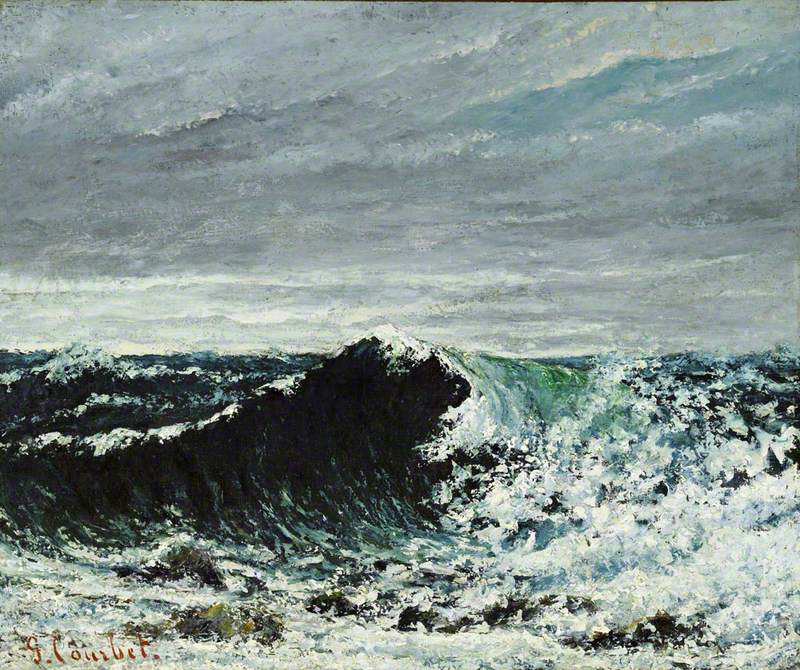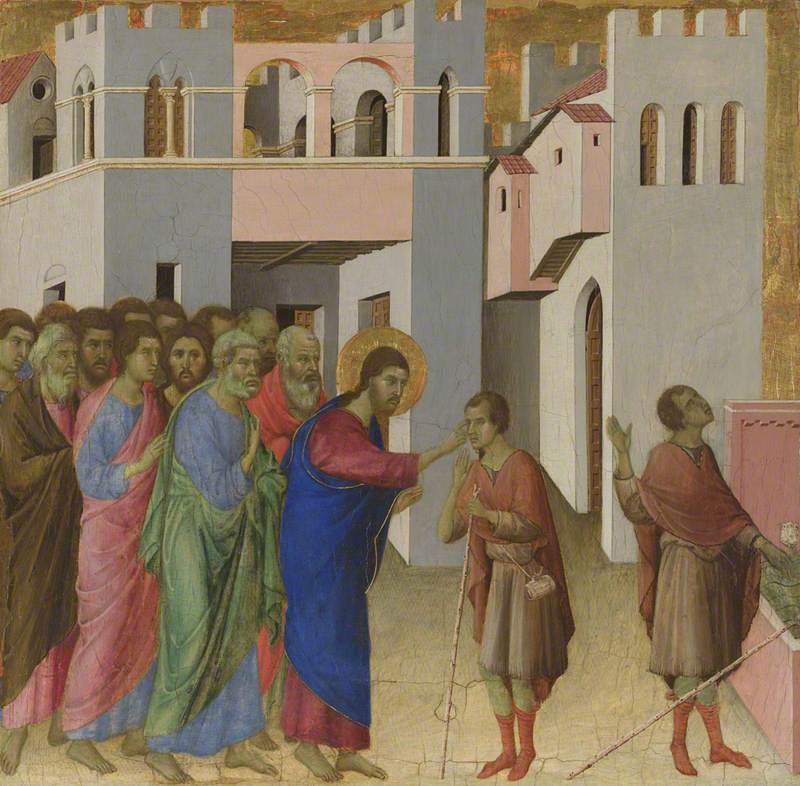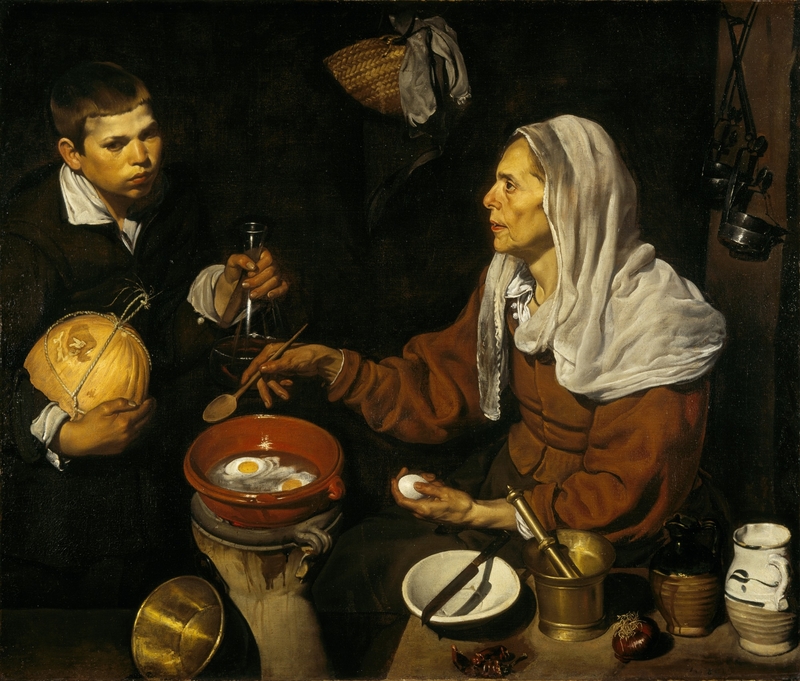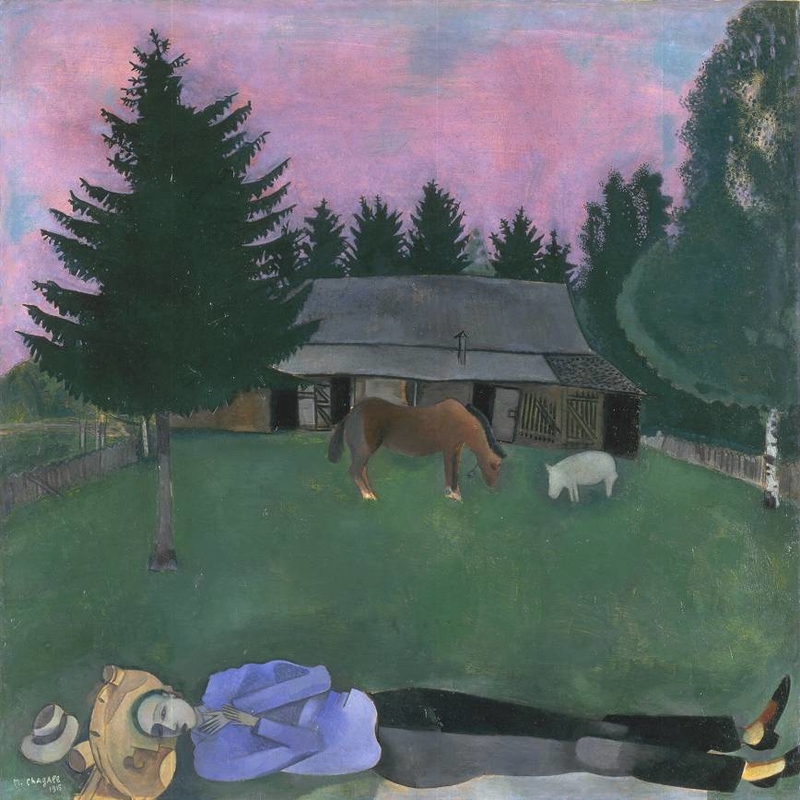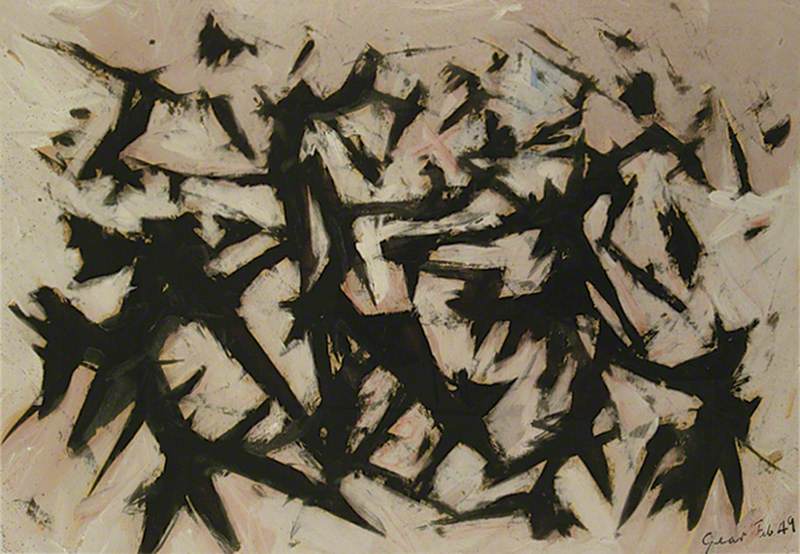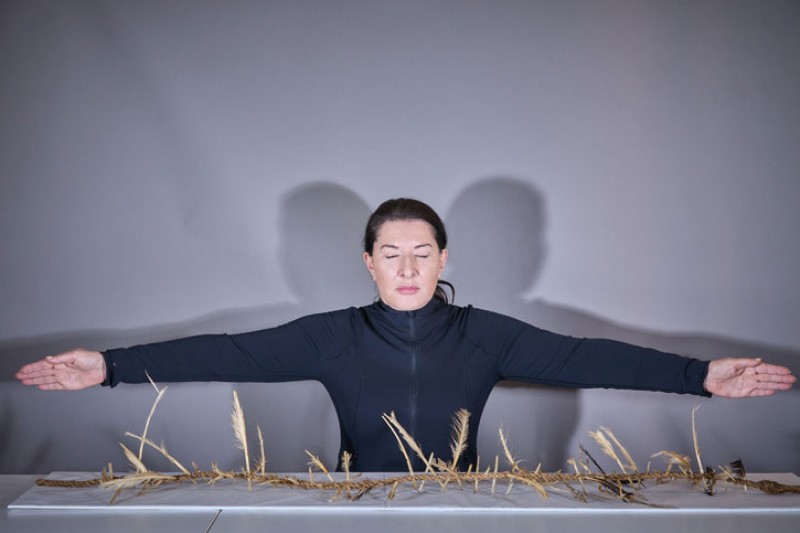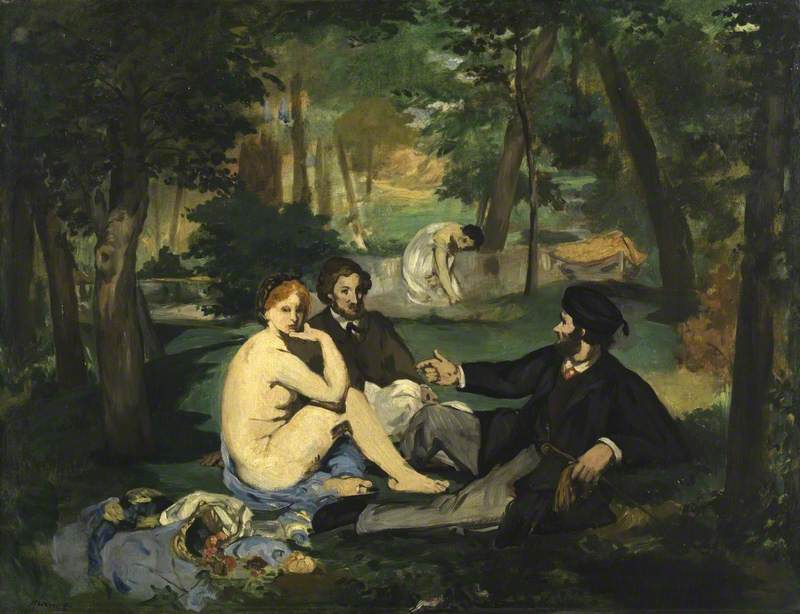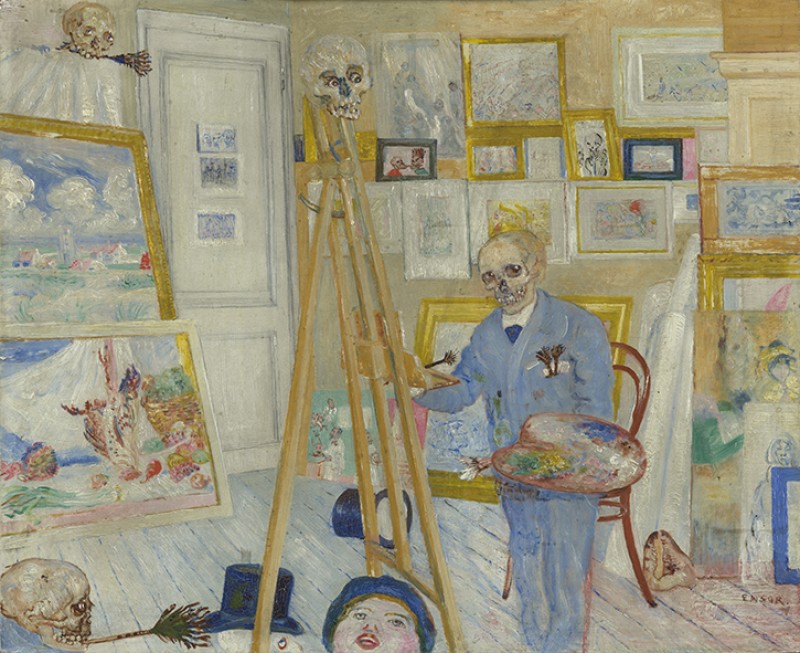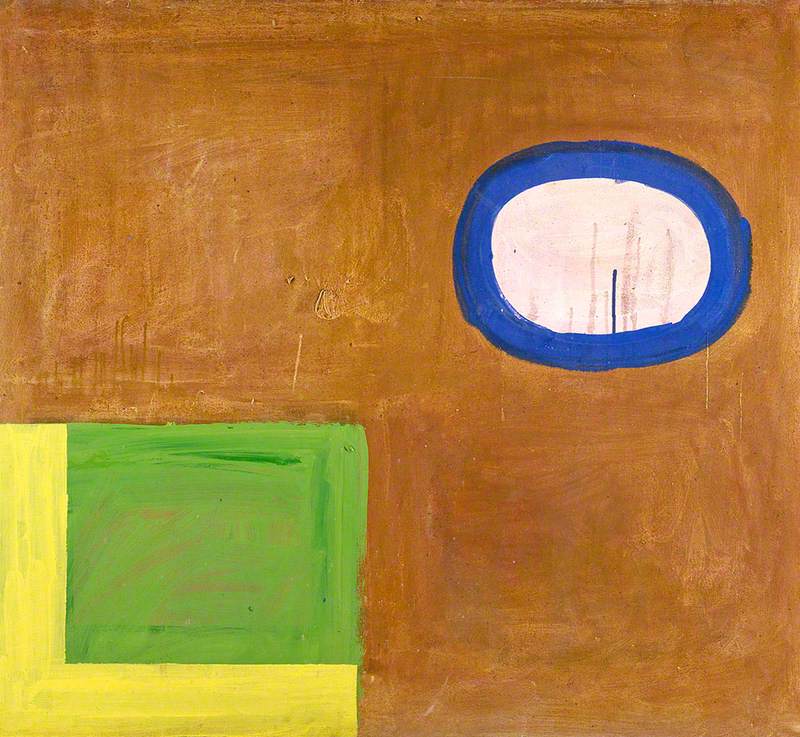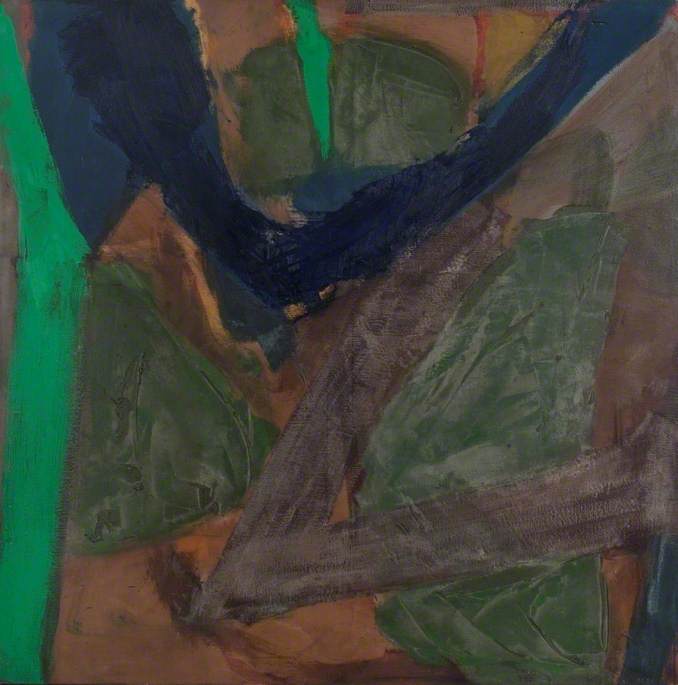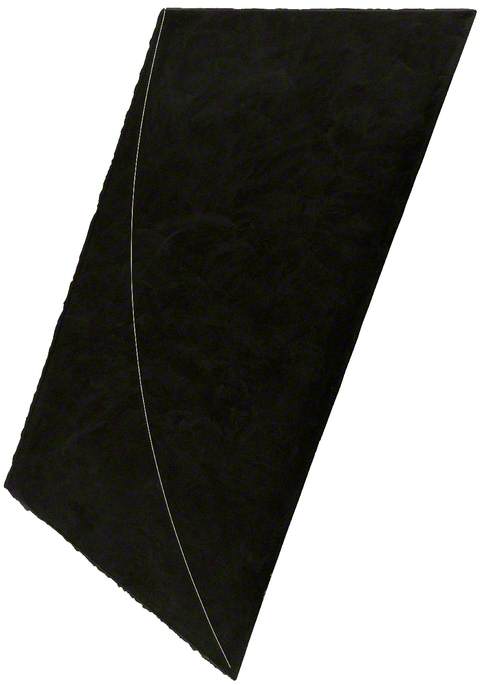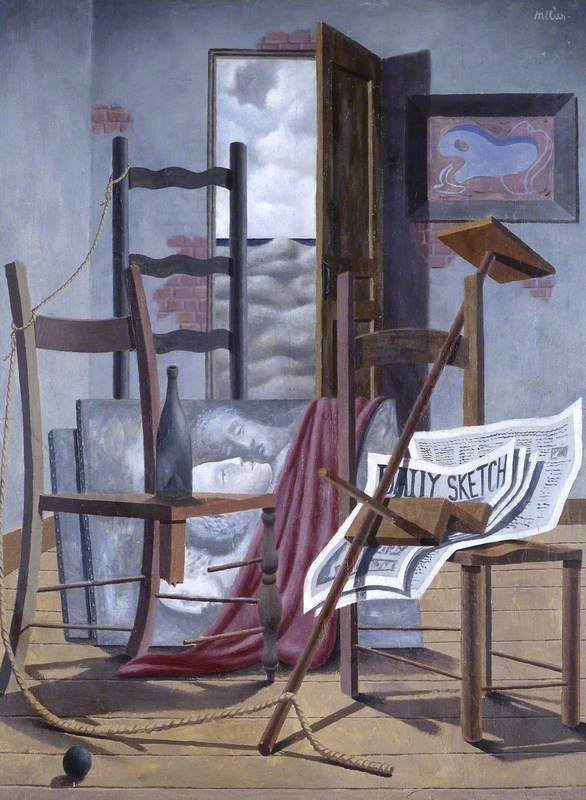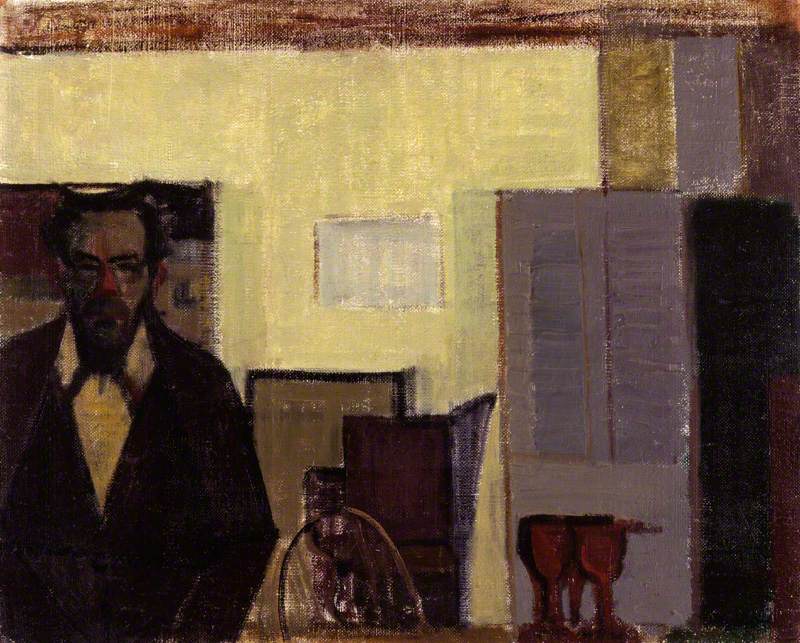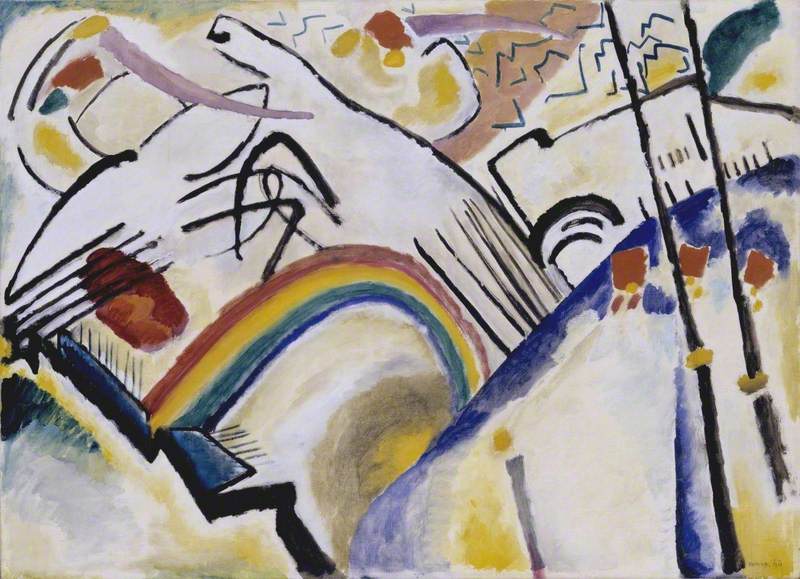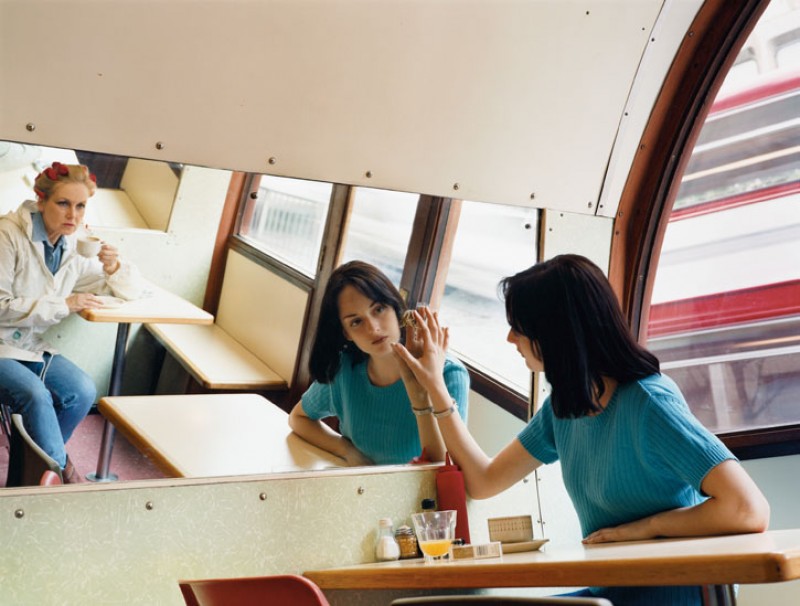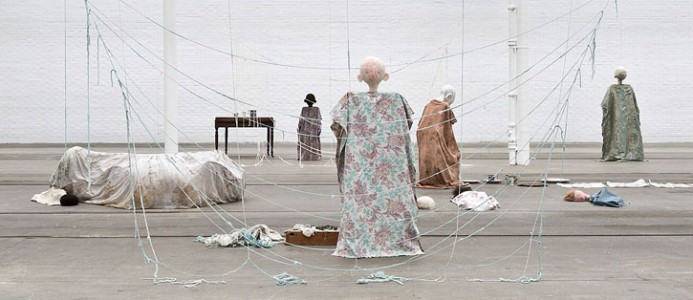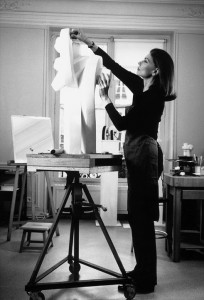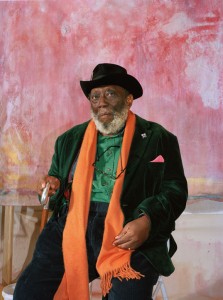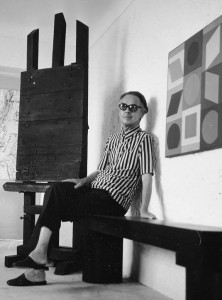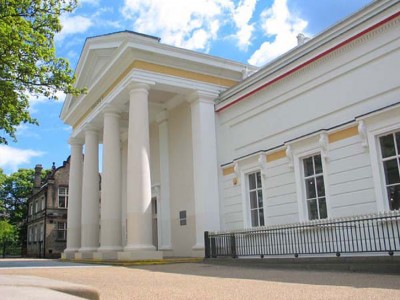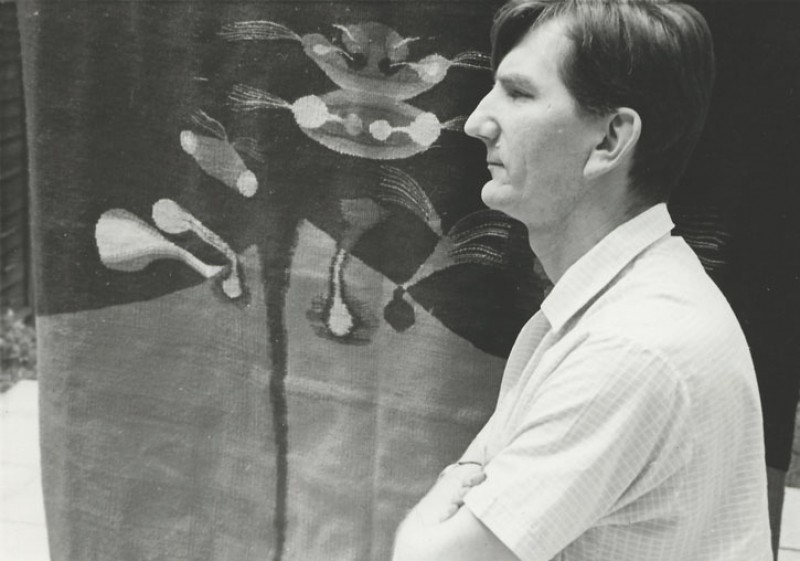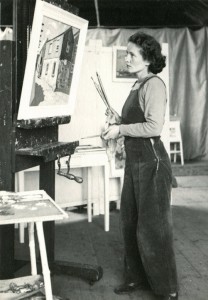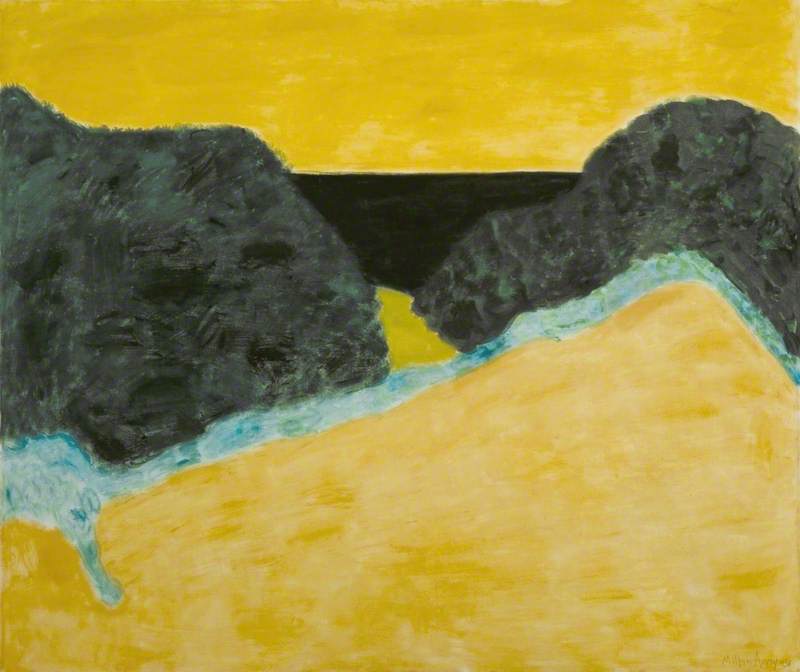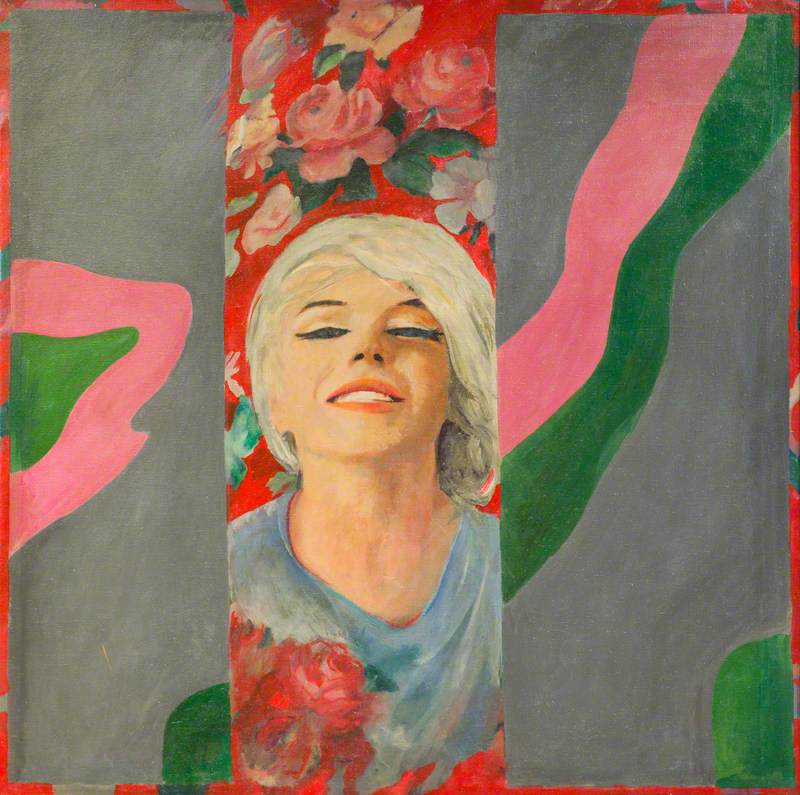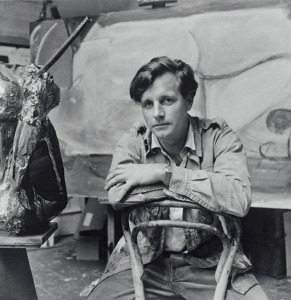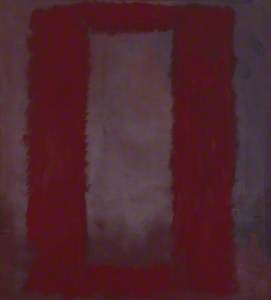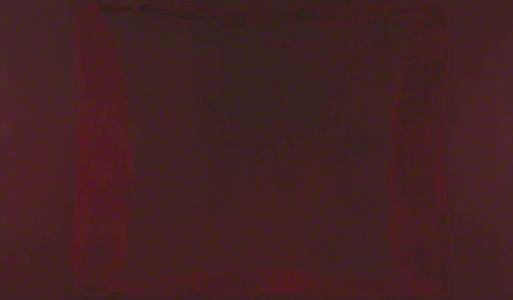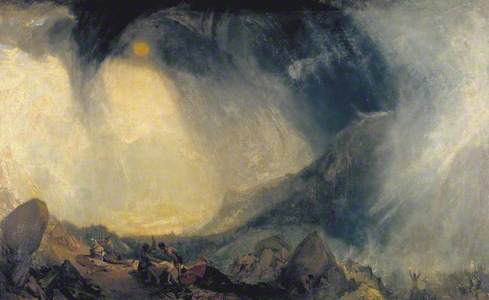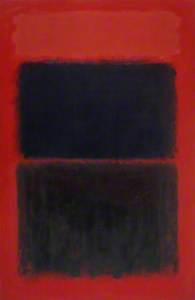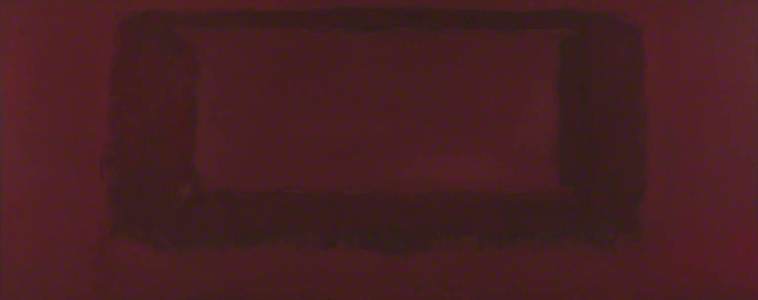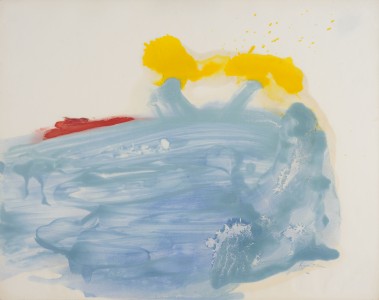Mark Rothko (1903–1970) painted big. Like his renowned countrymen Jackson Pollock, Barnett Newman and Clyfford Still, his signature paintings are about as big as gallery pictures get. With good reason: they aim to overwhelm the viewer.
These Americans formed a loose school of serious, uncompromising artists. Rothko (along with Newman) had a profound concern for how his paintings should be viewed, both in terms of the environment – the room, the lighting, the hang – and where the spectator should stand.
Born in Russia (now Latvia), Rothko emigrated to the USA as a child and had developed his mature style by the 1950s, via phases of figurative and surrealist work. The paintings that we instantly recognise as 'Rothkos' have been variously described as luminous, transcendental, solemn, gloomy and inscrutable. And indeed they can be all these things, because Rothko sought to evoke a range of feelings. His stated aim was the expression of 'basic human emotions', ranging from tragedy to ecstasy.
His fields of colour appear to be emerging from or disappearing into their backgrounds. They float or hover, caught in a moment of flux, mysterious and mute. Rothko said it would be wrong to label these paintings as abstract, claiming they were 'realistic'. The floating oblongs – sometimes feathery, sometimes firmer-edged – are 'things', he said. In his view, the work was always figurative.
The Tate galleries house the only major works by Rothko in the UK – the greatest number remain in the USA, with a few scattered around Europe. The paintings currently in Tate Britain were part of a commissioned series destined to hang in the upmarket Four Seasons restaurant of the Seagram Building in New York – an unlikely setting for an artist like Rothko. Having eaten there among the wealthy diners, he changed his mind and offered them to the Tate, home to the largest collection of paintings by J. M. W. Turner, an artist he much admired.
The Seagram paintings are sombre burgundies, reds and maroons, among his darkest works. From some, an inner light shows itself – a faint yet hopeful illumination. Others are steadfastly cheerless.
Painted in the late 1950s, they are among the first products of a deliberately darker palette, and the fields in some of the paintings contrast less by a difference of colour than by a new method: reflectivity. Rothko achieved this by a combination of matte and gloss paint. The artist's son and champion, Christopher Rothko, believes that the perception of these subtler distinctions is made possible in conditions which allow the viewer intimate 'interaction' with the paintings.
The question is, have the Tate rooms that have displayed the Seagram murals provided the best conditions to view these remarkable works?
For the first installation, which opened in 1970, the Tate gave Rothko a near-square room with two doorways. So that he could specify the display, Rothko was sent a maquette – a little cardboard model of the room – in which he arranged his pictures in miniature. The Tate was faithful to Rothko's plan: the paintings were hung close together and crowded the walls of the compact room. Early photographs show that there was no furniture to sit on, and no security rope to keep spectators from getting too close to the paintings.
Rothko spoke of the intimacy and humanity of his paintings. He said that they were made 'in a scale of normal living rather than an institutional scale'. As such, he instructed that they should not be lost on the large walls of galleries, but dominate the room and the senses like a medium in which the spectator moves and breathes.
This may seem paradoxical. We associate monumentalism with grand, not intimate, gestures. But for Rothko, a large picture should overwhelm and subsume the viewer. They become part of it. By comparison, when we look at a small picture, we are outside of it, peering in.
While there is a powerful urge to stand back when faced with large paintings, to take everything in, Rothko wants us to fight this instinct and get close. In fact, he said that they should be 'first encountered at close quarters so that the first experience is to be within the picture.' He specified the ideal viewing distance as 18 inches.
In 1951, Rothko's friend and fellow maker of big pictures, Barnett Newman, went so far as to provide his audience with written instructions for how to look at his own works: 'There is a tendency to look at large pictures from a distance. The large pictures in this exhibition are intended to be seen from a short distance.'
Should Rothko's viewers be told – and allowed – to do likewise?
It has been suggested that Rothko's large canvases have their effects on the viewer in accordance with philosopher Edmund Burke's theory of the sublime.
Edmund Burke (1729–1797), Statesman, Orator and Author
1774
Joshua Reynolds (1723–1792) 
Burke believed that 'greatness of dimension' makes us feel small in its presence, evoking feelings of fear or excitement. As if anticipating Rothko and Newman, Burke said the sublime had its effect 'when the mind is so entirely filled with its object, that it can entertain no other'. Rothko sought to offer the viewer a powerful transcendental experience, akin to the sublime, and to achieve the intimacy he wanted, he demanded an uncompromised close-up view.
Snow Storm: Hannibal and his Army Crossing the Alps
exhibited 1812
Joseph Mallord William Turner (1775–1851) 
Rothko's murals were moved to the new Tate Modern in 2000 and were given a purpose-built room. This room had one significant advantage: it had only one doorway. Now the viewer was more completely surrounded by the murals and there was no option to treat the room as a 'walk-through' to get to somewhere else. But the pictures were hung significantly further apart than Rothko had originally stipulated: a separation of up to four and a half feet, with the corner spaces about twice that. The addition of centrally placed seating encouraged the visitor to sit and take a distant view, and a security rope was fitted, which kept the spectator at least four feet from the paintings. On a visit in 2018, I observed many spectators head straight for the benches, with very few getting close to the paintings.
So while the hang, the rope and the benches appear inconsistent with Rothko's wishes, the single entrance/exit contributed to the sense of entrapment that Rothko wanted, one inspiration for which was Michelangelo's Laurentian Library in Florence: 'I realised that I was much influenced subconsciously by Michelangelo's walls… he makes the viewers feel that they are trapped in a room where all the doors and windows are bricked up, that all they can do is butt their heads forever against the wall.'
Laurentian Library, Florence
15th C, designed by Michelangelo (1475–1564) 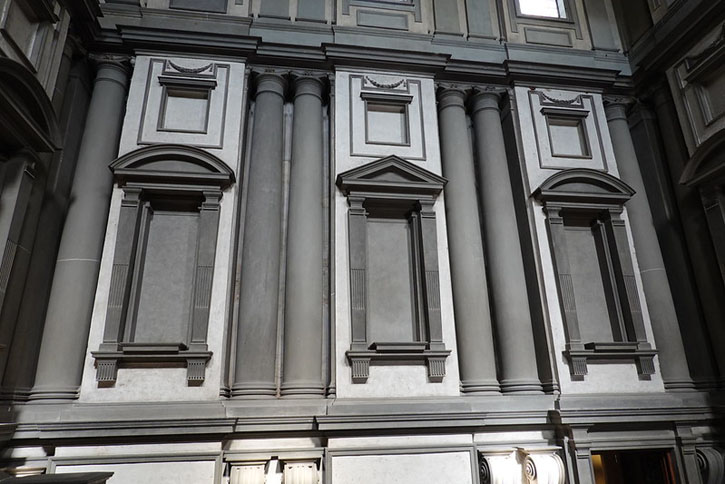
Rothko's murals were moved back to the Tate at Millbank (now called Tate Britain) in 2020, to create the 'Rothko and Turner collection route'. By reuniting the two artists, this arrangement is arguably the least satisfactory of the three Tate displays.
Rothko Room, looking through to the Turner gallery, Tate Britain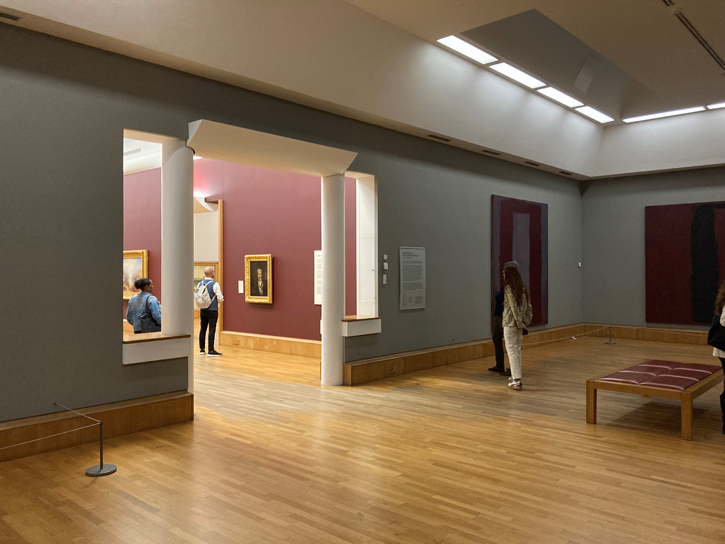
There's a generous 12-foot-wide opening between the two collections, and light floods from the Turner side into the Rothko room. A second door ensures a steady flow of traffic through the room. These conditions arguably deny the meditative atmosphere that existed at Tate Modern and the intensity of the first Tate display. The paintings are more widely spaced than ever, with as much as 30 feet separating the two murals on either side of the wide doorway. Again, the security rope prevents a close-up view.
Rothko Room, Tate Britain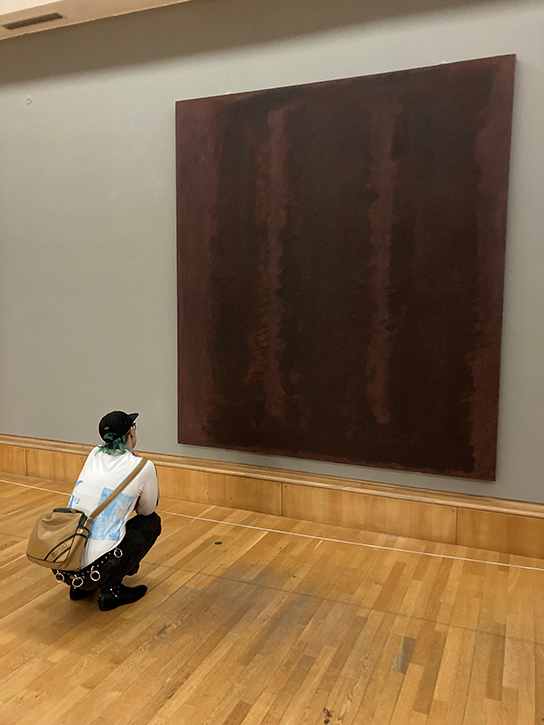
On a recent visit, once again I saw few spectators go near the paintings, and most circulated in the centre of the room, or passed through.
Christopher Rothko described his father's paintings as 'experiential', whose aim is to profoundly affect the spectator by way of a unique interaction, 'a type of chemistry between artist and viewer'. One could argue this Tate installation, in its divergence away from the conditions best suited to this experience, does not optimally serve the artist.
Rothko Room, Tate Britain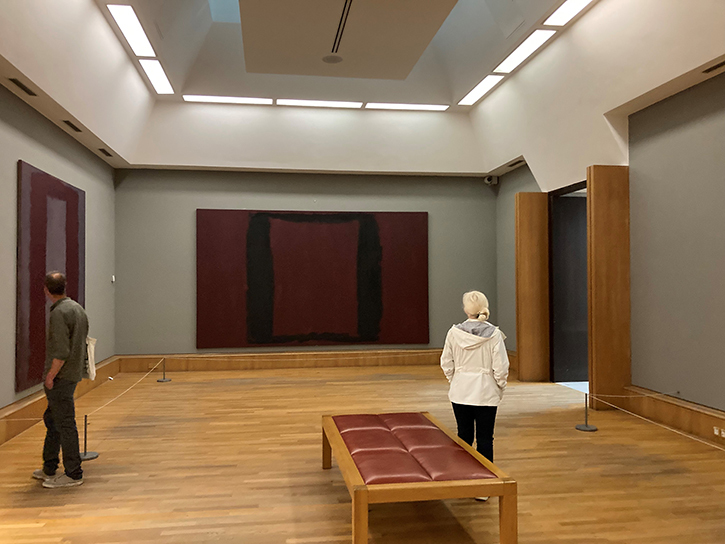
Remember Rothko's desire for the spectator's initial viewing experience? 'At close quarters so that the first experience is to be within the picture.'
Might there be a radical way to force upon the viewer Rothko's desired immersion? At a New York exhibition of Newman's work in 1950, a freestanding wall remained in place from an earlier Rothko show. It forced spectators to stand up close to Newman's paintings, meaning 'there was no chance to get away from the painting even if one wished to do so.'
Newman's restraining wall and written instructions for viewing his works may seem fanciful interventions, beyond the pale for Rothko's curators, but we have seen how more could be done to better satisfy this serious artist's careful wishes.
Rothko had a parental concern for his paintings and the way the world looked at them. It was as if he knew they would be mistreated: 'A picture lives by companionship, expanding and quickening in the eyes of the sensitive observer. It dies by the same token. It is therefore a risky and unfeeling act to send it out into the world.'
Painted portrait of Mark Rothko
street art, St-Romain-au-Mont-d'Or, Rhône-Alpes, France 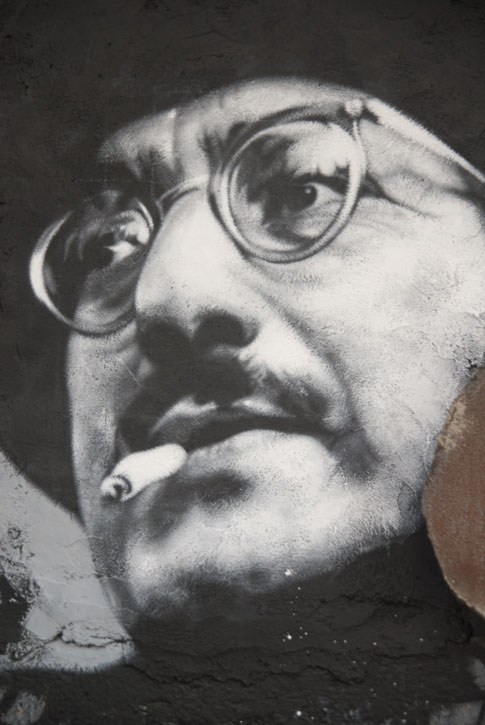
Rothko, this deeply sensitive man, wounded himself irrevocably in his New York studio on 25th February 1970. He cut an artery and was found on his back on the floor, his arms outstretched, in a vivid expanse of vermillion.
It was the day Seagram paintings arrived in London.
Adam Wattam, writer
Rothko's Seagram Murals can be seen at Tate Britain until January 2023
Further reading
Achim Borchardt-Hume (ed.), Rothko, Tate Publishing, 2008
James E. B. Breslin, Mark Rothko: a biography, The University of Chicago Press, 1993
Jonathan Jones, 'Why Tate Modern should show Rothko a little respect', The Guardian, 2014
Barnett Newman, 'Statement 1951' in Selected Writings and Interviews by John P. O'Neill (ed.), Alfred A. Knopf, 1990
Glenn Phillips and Thomas Crow (eds), Seeing Rothko, The Getty Research Institute, 2005
Christopher Rothko, Mark Rothko: From the Inside Out, Yale University Press, 2015
Mark Rothko, Mark Rothko: Writings on Art,Yale University Press, 2006
